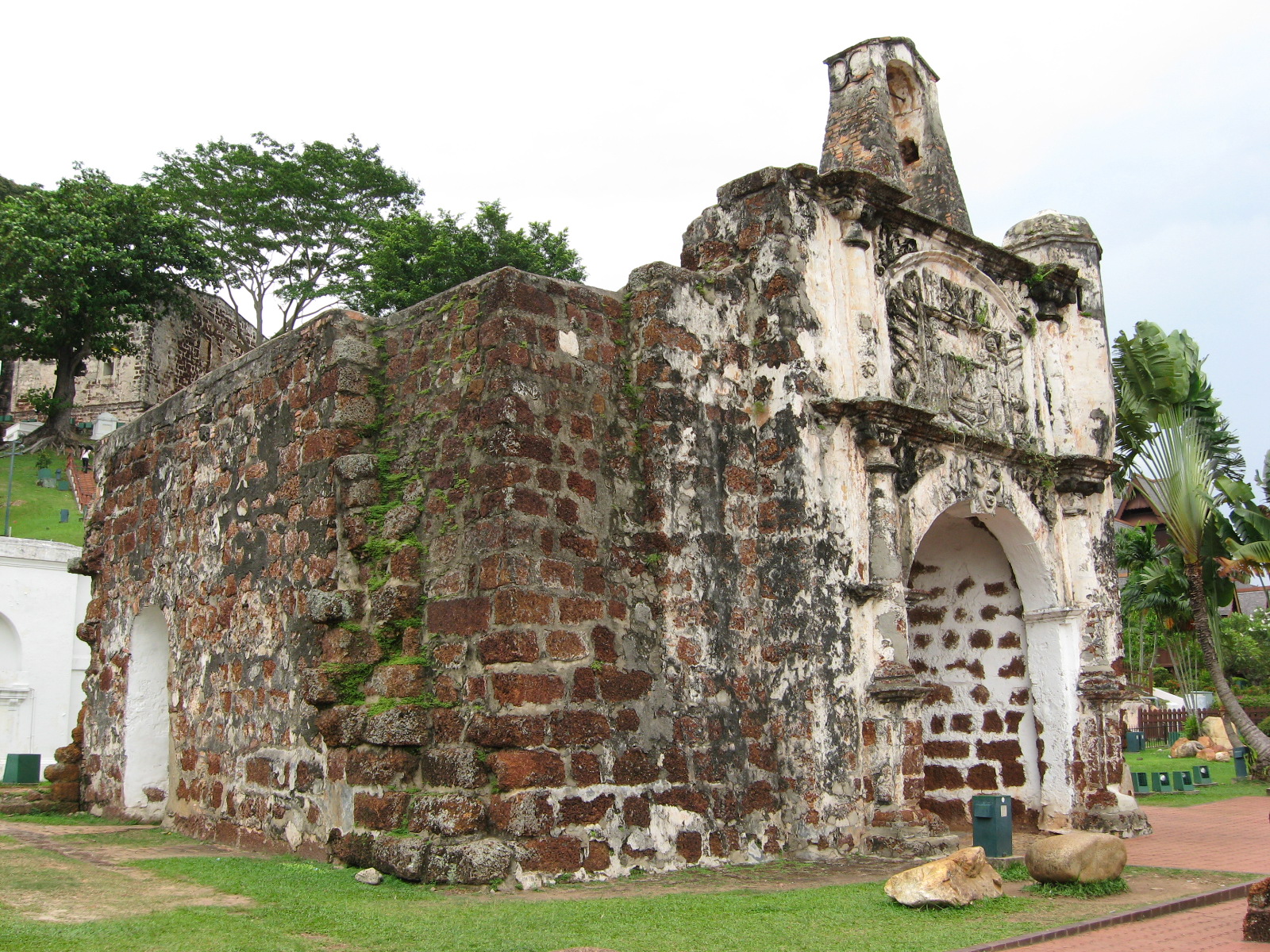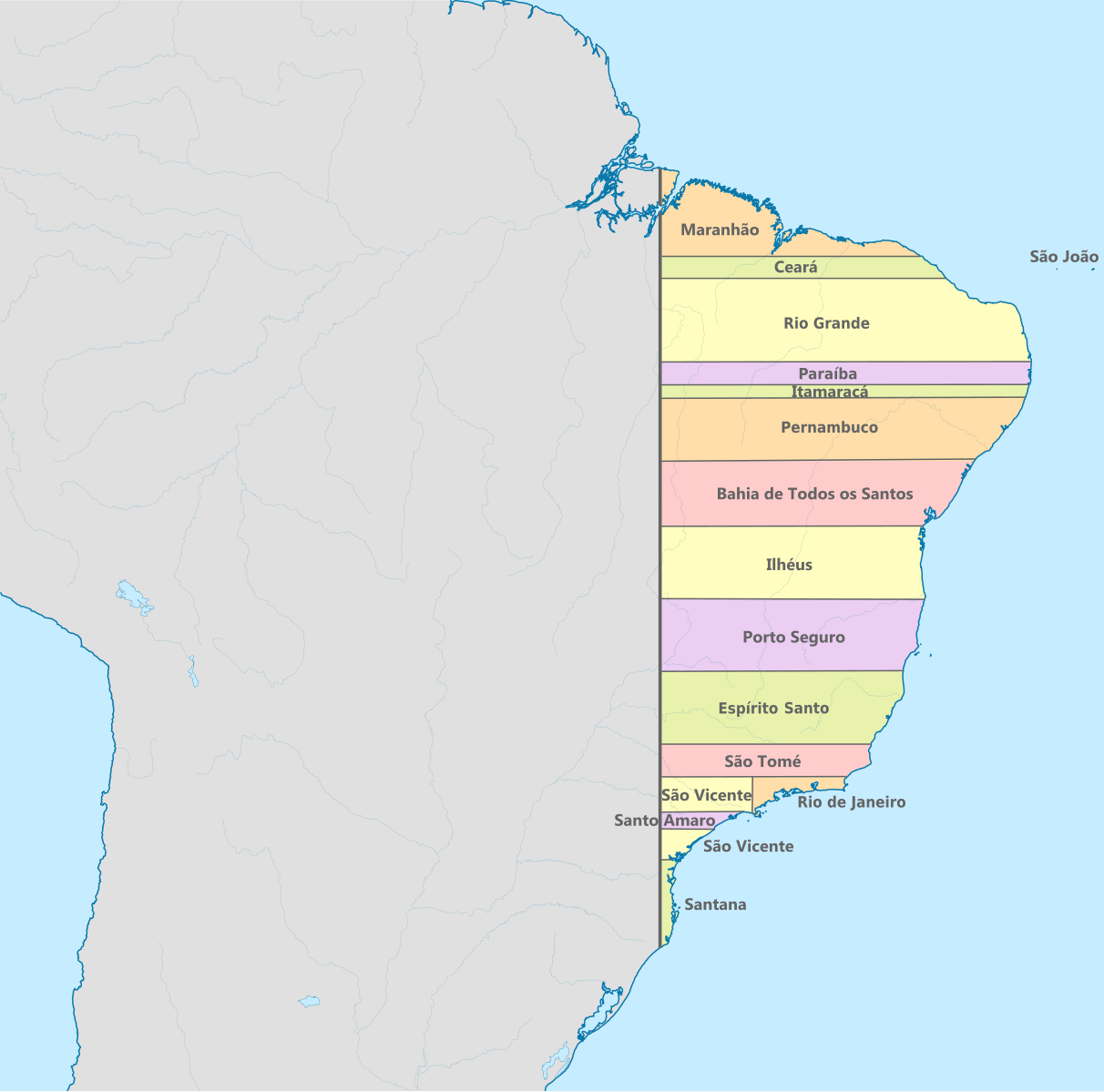OCR Specification focus:
‘Encounters by Spain: the Caribbean, the Americas; Portuguese conquest: Albuquerque, Brazil’
The early modern period witnessed transformative encounters between Spain and Portugal with new lands. These encounters reshaped global politics, economies, and societies through conquest, colonisation, and cultural exchange.
Spanish Encounters in the Caribbean
The Caribbean islands were Spain’s first point of contact with the New World. Following Christopher Columbus’ voyages (1492–1504), Spain began establishing colonies:
Hispaniola (modern Haiti and the Dominican Republic) became the first permanent settlement.
Colonisation soon extended to Cuba, Puerto Rico, and Jamaica.
Spanish colonists sought gold, land, and labour from indigenous peoples such as the Taíno.
Encomienda system: Indigenous labour was exploited under this system, where settlers were granted the right to extract tribute and forced labour in return for supposed “protection” and Christianisation.
Encomienda: A system in Spanish America where colonists were granted the labour of indigenous people in exchange for providing protection and religious instruction.
The Spanish Crown justified conquest in religious terms, presenting colonisation as a mission to spread Christianity. Yet, in practice, economic motives such as gold extraction dominated.
Spanish Encounters in the Americas
Beyond the Caribbean, Spain moved inland into Central and South America:
Hernán Cortés’ conquest of Mexico (1519–1521) brought Spanish forces into direct conflict with the Aztec Empire. Through alliances with rival indigenous groups, Cortés defeated Emperor Moctezuma II and established Spanish dominance in the region.
Francisco Pizarro’s expedition to Peru (1532–1533) led to the downfall of the Inca Empire after the capture and execution of Emperor Atahualpa.
Conquests extended to Panama, serving as a staging ground for expeditions into South America, and facilitating control over Pacific trade routes.
Spanish encounters were marked by the introduction of diseases such as smallpox, which devastated indigenous populations, often more than direct military conflict.
Impact of Spanish Encounters
Key outcomes included:
Establishment of colonial administration and centralised control by the Spanish Crown.
The extraction of precious metals (notably silver from Mexico and Peru), which fuelled Spain’s economic power.
Significant social disruption and cultural transformation among indigenous societies, alongside enforced Christianisation.
Portuguese Conquest in the East: Albuquerque
The Portuguese empire’s expansion differed from Spain’s focus on the Americas. Afonso de Albuquerque (1453–1515) played a decisive role in securing Portugal’s eastern trade empire.
Albuquerque seized Goa (1510) in India, establishing it as a base for Portuguese operations in Asia.
He captured Malacca (1511), controlling a key point in the spice trade routes between the Indian Ocean and East Asia.

The Porta de Santiago is the surviving gate of the Portuguese fortress A Famosa in Malacca, linked to Albuquerque’s 1511 capture of the city. It provides a concrete visual of a Portuguese military-commercial foothold on the Strait of Malacca. Source
His strategy combined naval dominance, fortified bases, and diplomatic negotiations with local rulers.
Albuquerque sought not only commercial control but also the spread of Christianity, encouraging missionary work alongside trade. His actions marked the consolidation of Portuguese influence in Asia and the Indian Ocean world.
Fortified trading post: A coastal settlement established by Europeans, protected by defences, used to dominate trade routes and project naval power.
These conquests allowed Portugal to dominate the spice trade, previously controlled by Muslim and Venetian merchants, and positioned Lisbon as a global commercial hub.
Portuguese Conquest in Brazil
Portugal’s involvement in the Americas stemmed from the Treaty of Tordesillas (1494), which divided new discoveries between Spain and Portugal.
The treaty granted Portugal claim to the eastern portion of South America, later identified as Brazil.
Early encounters were limited to coastal trading with indigenous groups, primarily exchanging pau-brasil (Brazilwood).
From the 1530s, Portugal initiated permanent settlements, introducing the captaincy system (dividing Brazil into hereditary captaincies for colonisation).

his map shows Brazil in 1534, divided into hereditary captaincies granted by the Portuguese Crown. It visualises how colonisation and administration were structured along the coastline. Source
The Portuguese conquest of Brazil was characterised by:
Establishment of sugar plantations, using both indigenous and later enslaved African labour.
Creation of fortified settlements to secure trade and protect against French incursions.
Gradual integration of Brazil into the Portuguese imperial economy.
Impact of Portuguese Conquest
Brazil became the centre of Portugal’s American empire, eventually surpassing Asian trade in importance.
Large-scale importation of enslaved Africans transformed Brazil’s demographics and economy.
Missionary orders, especially the Jesuits, played a major role in converting indigenous populations and defending them (at times) from enslavement.
Comparing Spanish and Portuguese Encounters
While both kingdoms pursued overseas expansion, their approaches diverged:
Spain prioritised conquest, settlement, and extraction of wealth in the Americas.
Portugal initially focused on maritime trade networks in Asia before consolidating Brazil as its American colony.
Key similarities included:
Justification of expansion through religion and missionary activity.
Heavy reliance on exploitation of indigenous labour and, later, the Atlantic slave trade.
Transformative effects on both Europe and indigenous societies.
These encounters by Spain in the Caribbean and the Americas, and the Portuguese conquests led by Albuquerque in Asia and in Brazil, shaped the foundations of Europe’s overseas empires and established long-lasting global connections.
FAQ
The Treaty of Tordesillas (1494) divided new lands between Spain and Portugal, using a meridian line west of the Cape Verde Islands.
Spain gained rights to most of the Americas, which framed its encounters in the Caribbean, Mexico, and Peru.
Portugal received rights to territories east of the line, which included Brazil once it was recognised.
This treaty prevented major conflict between the two powers and set the framework for their distinct spheres of conquest.
The Caribbean acted as a training ground for Spanish expansion.
Settlers developed colonial administration methods, such as the encomienda system, which were later transplanted to the mainland.
Conquistadors learned techniques of alliance-making with rival indigenous groups.
The Caribbean provided logistical bases for expeditions deeper into the Americas.
This early experience shaped the strategies used by Cortés and Pizarro in their more ambitious conquests.
Malacca was a key maritime chokepoint between the Indian Ocean and the South China Sea.
Its capture gave Portugal control over the spice trade routes to East Asia.
The city was a cosmopolitan hub linking Arab, Indian, Chinese, and Malay merchants.
Holding Malacca allowed Portugal to bypass Venetian and Muslim intermediaries in the spice trade.
For Albuquerque, Malacca symbolised the ability of Portugal to dominate long-distance maritime commerce.
Responses varied across different groups:
Some indigenous communities engaged in trade alliances, exchanging goods such as Brazilwood.
Others resisted colonisation, leading to conflict and enslavement.
Missionary work, especially by the Jesuits, created areas where indigenous groups were converted and incorporated into Portuguese settlements.
These varied responses shaped the uneven pace of Portuguese control across Brazil.
After initial conquest, Spain consolidated control through:
Founding colonial cities like Mexico City and Lima to act as centres of governance.
Establishing audiencias (royal courts) and viceroyalties to enforce royal authority.
Integrating indigenous elites into the colonial framework, often through alliances and conversion.
Reliance on silver mines and taxation systems to maintain economic dominance.
These measures ensured long-term Spanish presence beyond the immediate victories of the conquistadors.
Practice Questions
Question 1 (2 marks)
Name one Spanish territory in the Caribbean and one Portuguese territory in the Americas established during the period 1492–1570.
Mark scheme for Question 1
1 mark for correctly naming a Spanish Caribbean territory, e.g. Hispaniola, Cuba, Puerto Rico, or Jamaica.
1 mark for correctly naming a Portuguese territory in the Americas, e.g. Brazil.
Maximum 2 marks.
Question 2 (6 marks)
Explain two ways in which Portuguese expansion under Albuquerque differed from Spanish expansion in the Americas.
Mark scheme for Question 2
Up to 3 marks per valid explanation (2 marks for identification, 1 mark for explanation/elaboration).
Possible valid points:
Portuguese under Albuquerque focused on fortified trading posts and naval dominance in Asia, whereas Spain concentrated on large-scale conquest and settlement in the Americas.
Portuguese expansion in Malacca and Goa was driven by control of the spice trade, whereas Spanish expansion in Mexico and Peru was driven by the search for gold and silver.
Portuguese encounters centred on commercial hubs and maritime chokepoints, whereas Spanish encounters often involved overthrowing large empires such as the Aztec and Inca.
Answers must provide both the identification and a clear explanation of the difference to gain full marks.
Maximum 6 marks.

